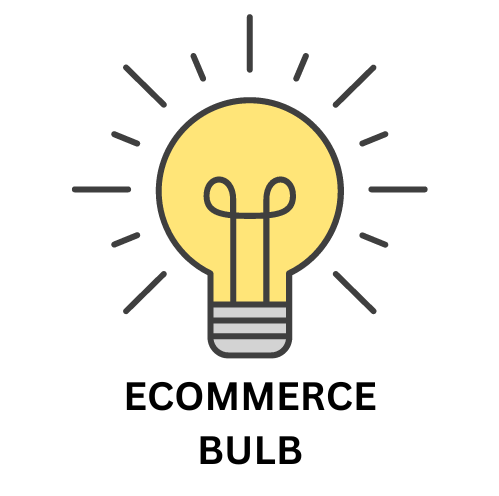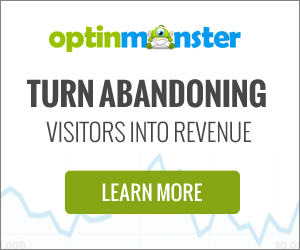Optimizely is a a/b testing & multivariate solution, here we are going to explore Optimizely Pricing for Enterprise, because it is known that its services are meant for enterprise customers.
Optimizely Pricing for Enterprise:
Optimizely offers customized pricing for its enterprise solutions, tailored to the specific needs of each business. Here are some general insights:
- Web Experimentation: This includes A/B testing and personalization features. Pricing can vary significantly based on the number of impressions and specific requirements.
- Content Management System (CMS): Designed for dynamic websites with robust APIs and content approval workflows.
- Configured Commerce: Includes multi-site and multi-lingual support, visitor targeting, and inventory management.
- Data Platform: For managing customer profiles and creating personalized experiences in real-time.
For a more precise quote, it’s best to contact Optimizely directly.

Optimizely Full Stack Pricing:

Optimizely Full Stack pricing can vary depending on your specific needs and usage. However, Optimizely offers a range of plans to cater to different businesses, from small startups to large enterprises.
Key factors that can influence your pricing:
- Number of users: The more users you have, the higher the cost.
- Number of experiments: The number of A/B tests and personalization campaigns you run.
- Data volume: The amount of data collected and analyzed.
- Additional features: Whether you need advanced features like multivariate testing or integration with other tools.
Optimizely typically offers flexible pricing options, including monthly and annual plans. You can contact their sales team for a personalized quote based on your specific requirements.

Optimizely Web Pricing:

Optimizely’s pricing is highly customized and depends on factors like your website’s traffic, the number of experiments you run, and the specific features you require. As a general estimate, the smallest plan starts at around $36,000 per year, while more advanced plans for larger enterprises can exceed $200,000 annually. Costs increase with traffic volume and the number of experiments, and advanced features such as personalization or machine learning can add to the price.
Since Optimizely doesn’t publicly list its pricing, the best way to get an accurate quote is to contact their sales team for a customized plan based on your need, you can read further about this issue in our article about Optimizely’s Pricing Plans Comparison.

What is the difference between Optimizely Web & Full Stack?

Optimizely Web and Optimizely Full Stack are two distinct solutions tailored for different types of A/B testing and experimentation needs.
Optimizely Web:
- Focus: Primarily aimed at front-end experimentation on websites.
- Use Case: Best suited for marketers and non-technical users who want to test and optimize web pages through a visual interface, such as by A/B testing landing pages or changing UI elements.
- Interface: Offers a WYSIWYG (What You See Is What You Get) editor that allows users to set up tests without coding. It simplifies running experiments directly on your website’s front-end without in-depth technical expertise.
- Common Features:
- A/B and multivariate testing
- Personalization options based on user behavior
- Audience targeting and segmentation (Read more about this in our post about the factors affecting Optimizely Pricing)
Optimizely Full Stack:
- Focus: Geared towards back-end experimentation for more complex, programmatic testing across multiple platforms, such as web, mobile apps, or IoT devices.
- Use Case: Ideal for developers or organizations that want to experiment on features across platforms (e.g., testing algorithms or APIs). It allows deep integration into the codebase to test features in real-time, not just user interfaces.
- Interface: Requires more technical knowledge, as it doesn’t rely on a visual editor but integrates directly into the application’s backend code. It supports programming languages like Python, Ruby, Java, etc.
- Common Features:
- Feature flagging to enable or disable features for specific users
- Server-side testing
- Complex experimentation for continuous integration and development environments.
In summary, Optimizely Web is best for front-end, website-focused experiments, while Optimizely Full Stack is for technical, backend testing across multiple platforms.




Leave a Reply